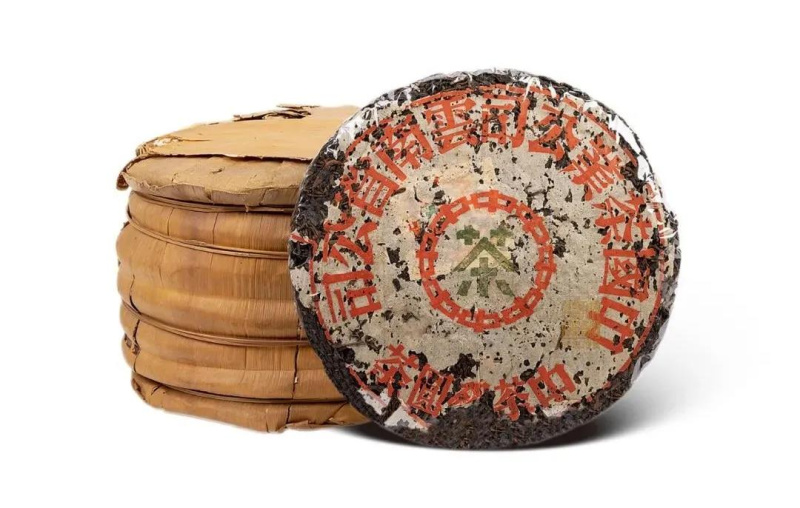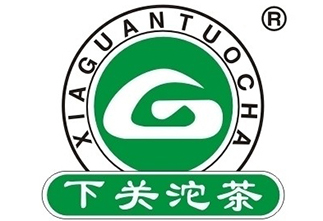|
Name in Chinese
|
2006 |
|
Pinyin
|
2006 nián de xīn bāo lǜ hé jiǎjí tuó |
|
Translation
|
Nest 2006 premium grade in a green box |
|
Country
|
China |
|
District
|
Dali-Bay Autonomous Region |
|
Provinces
|
Yunnan (云南) |
|
Manufacturer
|
Сягуань (云南下关沱茶集团) |
|
Raw material production date
|
2006 |
|
Year of pressing
|
2006 |
|
Pressing form
|
Tuo Cha (Tuo Tea) |
|
Declared weight, g
|
100 |
- Комментарии
- Вконтакте
Pu-erh is one of the most unique types of tea, which only gets better with age. Many people, when they first encounter this tea, wondered: why is pu-erh more often found in pressed form (cakes, bricks, tochas), and not in loose form? The reasons for this are related to both history and the practical aspects of storing and fermenting tea. Despite modern technologies that allow the production of loose pu-erh, the shape of pressed cakes remains unchanged. And pu-erh is more often found on sale in pressed form, for example, in the form of cakes or bricks, and loose pu-erh is less common. We will talk about the reasons for pressing pu-erh into cakes in this article.
Puer is a unique Chinese tea that is distinguished by its depth of taste, complexity of aromas and versatility of aftertaste. Its taste characteristics are formed under the influence of many factors, from growing conditions to the brewing method. Let's look at the main ones.
Сягуаньский чайный завод имеет более чем 70-ти летнюю историю. Он был основан в 1941 году и находится в г. Дали, провинция Юньнань, который часто называют восточной Швейцарией. Прекрасная природа и благоприятная погода, горы и чистейшие озера дают возможность производить пуэр великолепного качества. Сягуаньский чайный завод является одним из главных производителей прессованного чая в Китае. Он производит более 6000 тон чая пуэр ежегодно. Сягуаньский завод производит как Шу пуэр, так и Шен пуэр. Однако наибольшую популярность и признание заслужили Шен пуэры точа (в форме гнезда, чаши) и бинча (в форме блина).























































































